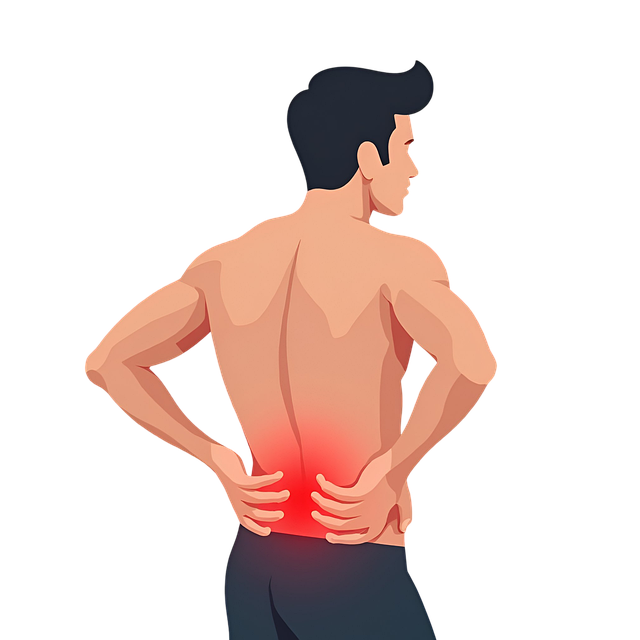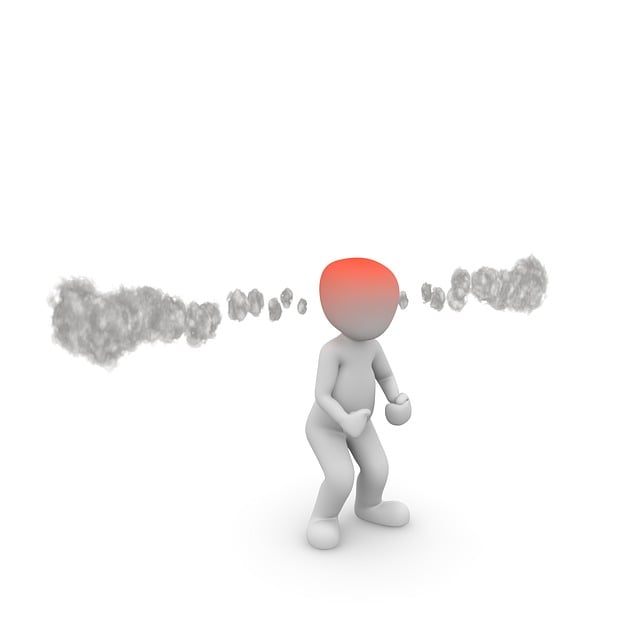Chronic pain, affecting millions globally, is managed through alternative therapy like acupuncture, which targets specific body points to stimulate natural healing. Popular for conditions like migraines, sciatica, and general inflammation, acupuncture offers a drug-free solution avoiding opioid side effects. By restoring energy balance (Qi/Chi) and releasing endorphins, it reduces inflammation and provides comprehensive relief for various types of chronic pain. Selecting qualified acupuncturists with formal education and good reputation is crucial for effective and safe treatment.
Tired of living with chronic pain? Discover how acupuncture can offer a natural, drug-free solution. This ancient practice has gained popularity as an effective alternative for managing back pain, neck pain, and other persistent ailments. Understanding chronic pain and its impact is the first step towards embracing acupuncture’s potential. Learn how this safe and gentle technique works to unblock energy channels, promote healing, and provide lasting relief. Explore specific techniques tailored for targeted areas and uncover the extensive benefits beyond pain reduction.
- Understanding Chronic Pain and Its Impact
- The Rise of Acupuncture as a Drug-Free Alternative
- How Acupuncture Works to Relieve Pain
- Targeting Specific Areas: Back, Neck, and Beyond
- Benefits Beyond Pain Relief
- Finding Qualified Acupuncturists for Effective Treatment
Understanding Chronic Pain and Its Impact

Chronic pain is a complex condition that affects millions worldwide, often persistent and debilitating. It’s more than just acute pain that lingers long after an injury or illness has healed. Chronic pain can arise from various sources, such as arthritis, nerve damage, or chronic conditions like fibromyalgia. This continuous sensation of discomfort significantly impacts daily life, limiting mobility and causing emotional distress. Individuals with chronic pain often seek effective yet non-pharmacological solutions to manage their symptoms.
Acupuncture has emerged as a popular alternative therapy for chronic pain relief, targeting specific points in the body to stimulate natural healing processes. Unlike traditional medicine’s focus on treating symptoms, acupuncture aims to address the root causes of pain, including inflammation and nerve sensitivity. Studies have shown promising results, particularly for conditions like migraine acupuncture, sciatica acupuncture, and general inflammation treatment, making it a game-changer for those looking to reduce reliance on medications for chronic pain management.
The Rise of Acupuncture as a Drug-Free Alternative

In recent years, chronic pain sufferers are increasingly turning to acupuncture as a drug-free alternative for managing conditions like back and neck pain, as well as joint pain therapy. This ancient practice has gained significant traction as a non-opioid pain relief method, offering a safe and effective solution for those seeking an escape from the side effects and risks associated with long-term opioid use. Acupuncture has been practiced for centuries, but modern research now supports its effectiveness in treating various ailments, including sciatica acupuncture.
The growing interest in acupuncture as a complementary therapy highlights the need for diverse treatment options for chronic pain. By targeting specific points on the body, acupuncturists can stimulate natural healing responses, reduce inflammation, and promote overall well-being. This ancient art has proven to be a valuable resource for individuals looking to break free from dependency on medications and embrace a more holistic approach to pain management.
How Acupuncture Works to Relieve Pain

Acupuncture works by stimulating specific points on the body, typically using thin, sterile needles inserted into these targeted areas. This process is believed to restore balance in the body’s energy flow, also known as Qi or Chi. When chronic pain sets in, such as back pain, neck pain, or migraine headaches, it often stems from disruptions in this natural energy balance. By carefully positioning the needles, acupuncture can help alleviate pain and reduce inflammation by releasing endorphins, the body’s natural painkillers.
The treatment goes beyond just targeting symptoms; it aims to address the root cause of the chronic pain. For example, migraine acupuncture focuses on acupoints that can disrupt the brain signals responsible for migraine headaches, offering a non-opioid pain relief option. Similarly, for back and neck pain, acupuncture may relieve tension in muscles, joints, and nerves, leading to improved mobility and reduced reliance on medications. This natural inflammation treatment provides an alternative solution for those seeking drug-free pain management.
Targeting Specific Areas: Back, Neck, and Beyond

Acupuncture is a precise and targeted approach to relieve chronic pain, making it an attractive alternative for those seeking drug-free solutions. This ancient practice involves inserting thin needles into specific points on the body to stimulate the natural healing response. The key lies in its ability to target not just one area but several, offering comprehensive relief.
When it comes to back and neck pain, acupuncture is particularly effective. For individuals suffering from sciatica, a common condition causing intense leg pain, acupuncture can provide significant relief by reducing inflammation and relieving pressure on the affected nerves. Moreover, this therapy isn’t limited to these areas; it can also address joint pain, muscle soreness, and even stress-related tension, making it a versatile tool for managing various types of chronic pain.
Benefits Beyond Pain Relief

Chronic pain sufferers often seek holistic approaches to complement their treatment plans, and acupuncture stands out as a powerful tool in this regard. Beyond providing effective pain relief, chronic pain acupuncture offers a range of benefits tailored to individual needs. This ancient practice isn’t just about targeting specific points to alleviate discomfort; it aims to restore the body’s natural balance and promote overall well-being.
Acupuncture for chronic pain can effectively manage conditions such as back pain, neck pain, and migraine headaches, reducing inflammation and interrupting pain signals to the brain. Unlike non-opioid pain relief methods, acupuncture provides a safe and drug-free alternative with minimal side effects. It empowers individuals to take control of their health journey, fostering a sense of self-care and empowerment in managing persistent pain.
Finding Qualified Acupuncturists for Effective Treatment

When exploring chronic pain acupuncture as a treatment option, finding qualified and experienced acupuncturists is paramount for effective results. Look for practitioners who possess formal education and certifications from reputable acupuncture schools or associations. This ensures they have the necessary skills to diagnose and treat various conditions, including back pain, neck pain, migraines, and joint pain therapy.
Reputation and reviews are valuable indicators of a practitioner’s quality of care. Check online platforms dedicated to healthcare services where patients share their experiences with acupuncture for chronic pain relief. Additionally, asking for referrals from trusted sources or seeking recommendations from health-focused communities can guide you towards reputable acupuncturists offering safe and effective non-opioid pain relief solutions.
